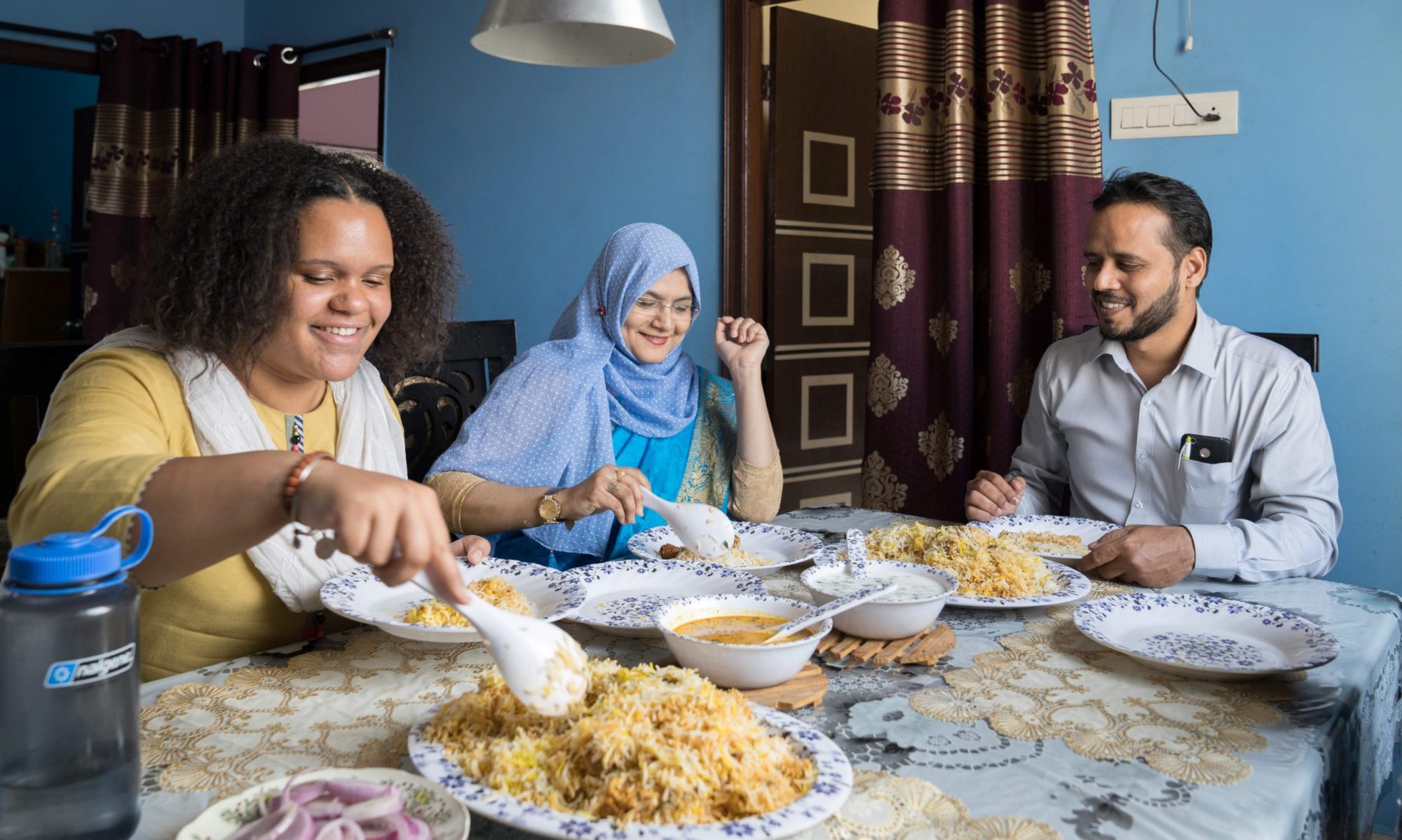By Arlyss, Tufts 1+4 Participant
Traveling to Ecuador where I don’t know anyone or the language? Bold. Sharing my feelings and experiences on the internet for anybody to read? Bolder. Basing the whole experience on one thing I learned at Tufts? Boldest.
So what did I learn in my week at Tufts? Active listening. But what have I learned from speaking almost completely in Spanish for the past month? How to do it. We spent a lot of time discussing active listening, defining it as listening to understand, not just to respond. Communicating in Spanish forces me to listen to understand, because if I don’t, I won’t be able to respond, much less comprehend what’s being said. With English, I know the language well enough that I don’t always need to be paying full attention, but with Spanish an entirely different level of focus is required. I need to pay attention to body language, tone, and all the non-verbal markers, because even if I can’t understand the words being said, I can at least tell whether I should smile or frown, laugh or nod solemnly.
I’m usually the type of person to listen intently in a conversation, but every now and then I zone out, letting my mind wander or thinking of my response. Let me be the first to say, I really, truly cannot do this here in Ecuador. If I zone out for even a brief second, I’ve missed a part of a sentence, a whole meaning. (Although it’s likely that I didn’t know what was being said anyway.) I need to understand every bit of information I can to piece together the whole idea, because missing one part may mean missing the whole story. I am forced, for the better, to prestar atención if I plan to learn, or even understand, anything.
I’m used to doing a lot of the talking, but not here. I’m sitting here, I’m hearing words, but what are they trying to say? Am I supposed to respond now? How do I say that in Spanish? I feel both more and less present. More present in that I am so much more actively involved in trying to interpret what is going on around me, but less present in that I do not have much of a part in what is happening. I feel less important, but in a humbled way. I’ve always loved hearing stories, and now as I’m constantly listening, I always have that opportunity.
What are some of my favorite stories to listen to regardless of the effort needed to actively listen? Telenovelas, of course! At dinner every night, my Ecuadorian family and I sit down to eat at the kitchen table, where an old-fashioned TV with an antenna sits above our fridge. Together we watch telenovelas. My American family is not too supportive of my addiction to dramatic and reality TV, so I could not feel more welcome here watching those shows! As we watch the Ecuadorian shows, I ask about words and concepts I don’t understand and my family willingly fills me in on what’s happening, bringing us closer through our love of the drama and expanding my understanding of Spanish.

Together my family and I have lived through a woman stranded on an island, men disguised as women trying to hide in jail, and—the most crucial part to any dramatic show—the affairs, engagements, and everything in between. There’s no better way to bond than obsessing over overly-staged, melodramatic, life-altering events of other people who are completely fictional. Not to mention, my family and I are growing closer because with every episode, I learn more Spanish, and our language barrier shrinks just a little bit.
While it’s definitely not easy living every day immersed in a different language, I’m going to be an absolutely amazing listener by the end of these nine months (and hopefully a much better Spanish speaker!). For now I am not dismayed by the long path ahead of me to fluency, but excited for the quality time I will spend with my family listening and learning Spanish, and the telenovelas that will bring us closer, one dramatic event at a time.











